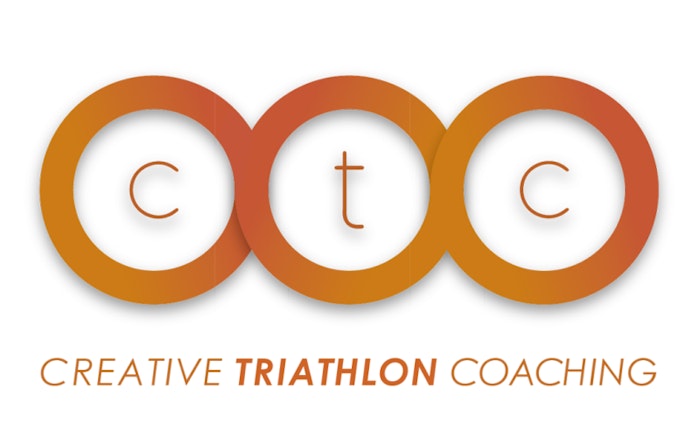When it comes to triathlon, the transition doesn’t really get much time in the limelight. Rightly so it’s all about the splits in the swim, bike and run. Yet the time taken to transition from swim to bike, and then later from bike to run, can have a significant impact on your overall race results.
Certainly if you’re racing at the serious end of your age group, then you just don’t want to muck around in T1 and T2.
Creative Triathlon Coaching’s (CTC) Sue Brewster (previously Dorman) shares with us some invaluable wisdom around nailing the transition.
Although now a Triathlon Coach, Sue has competed at age group level internationally and knows first-hand the curly challenges of the Triathlon Transition zone, where any number of predicaments and scenarios can play out.
According to Sue, the best way to remain calm and get through transition successfully is to plan ahead and practice. Some people speak of Transition as the fourth discipline of a triathlon - here Sue shares some of her wealth of knowledge - all with a view to help you get through the part of the event where you can't necessarily win the race but you can certainly lose it. A huge thanks to Sue for her generous advice!

See Also - Is this taking motherhood in your spin?
Do:
*Bring a Pump into Transition: *
You could rely on the athlete next to you, but this is never ideal as each athlete is preparing for their own race so bring your own to save time and stress.Take your Time:
Take your time in transition - haste is an ugly thing and forgetting to take your bike helmet off, putting race belt on etc is something you can eliminate. Pace yourself through transitions just as you do when swimming, cycling and running. If this means sitting down to pull off your wetsuit and put on shoes go for it, a few more seconds over a few hours can be good to re-gather thoughts and execute well.*Know your Spot: *
Make sure you know where you bike is racked. I tell my athletes when racking their bikes to walk through the transition from the swim exit to the bike exit and then in reverse order. Count how many rows your bike is along, tie a balloon to the rack to mark your spot (check the rules on this), look for landmarks (big trees, pop-up tents, bright towel on ground).
Keep your transition gear neat and tidy. You don’t want people tripping over your gear and some races have strict rules with no boxes or excess equipment left in the transition area. I suggest you check the race manual before to make sure what you can and can’t have.
Put your sunglasses inside your helmet on top of your bike hoods so you can easily locate them.
Spare set of items:
I always have a spare set of items in a small bag that I carry everywhere - these are things like goggles, tyre tubes, Vaseline, baby powder, glide-on, rubber bands, sun tan lotion - anything you think you will need. It is better to have too many things than rushing around trying to find things you need. Once you have set up your transition then put the spare bag in your car or leave with a support person.Practice:
I always set my athletes 10-20min each week come race season to practice their transitions. You don’t need to do the water exit but you still can work on taking off the wetsuit onto bike, bike to run etc… The more you practice this the better you and more calm and collected you will become.Get there Early:
There is nothing like arriving at an event 15-20min before the start, the transition is a shocker with bikes and people and the last thing you want is your bikes /gear moved just because you did not get out of bed early enough. So get there early and choose a spot that is advantageous to you and will save you the stress.
DONT’s.
Try new things:
Never do a flying mount on race day without having practiced this, same thing with starting a race with your shoes clipped in, wearing some new clothing etc... This can end in total disaster, if practiced these techniques can save time but practice makes perfect.Forget Things:
The best way I find to avoid forgetting things is to write a check-list and stick with it. Pack your gear the night before and double check you have everything in the car or bag ready.





